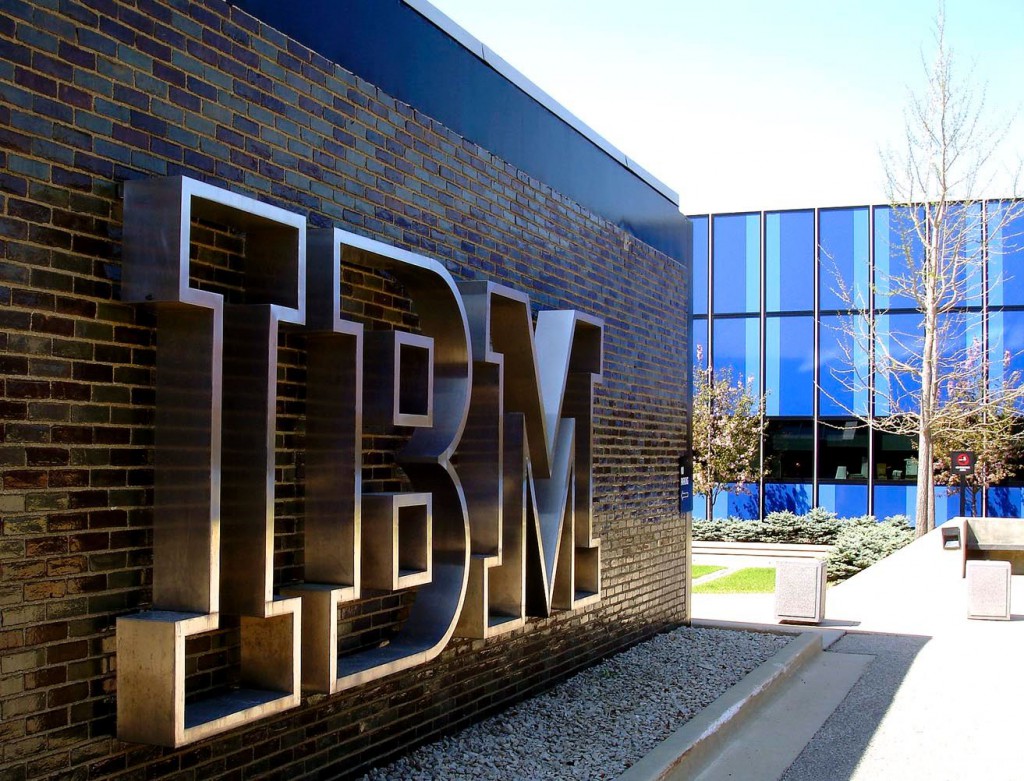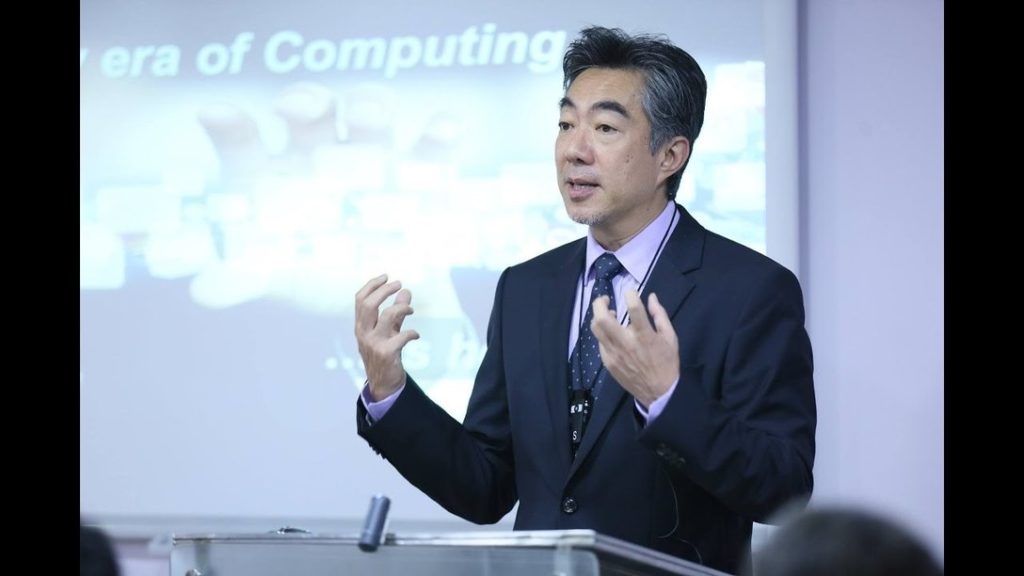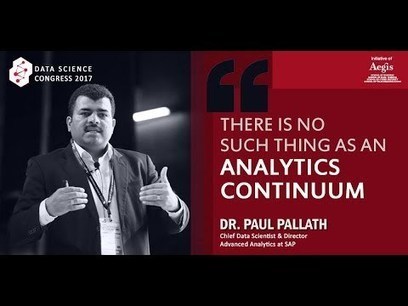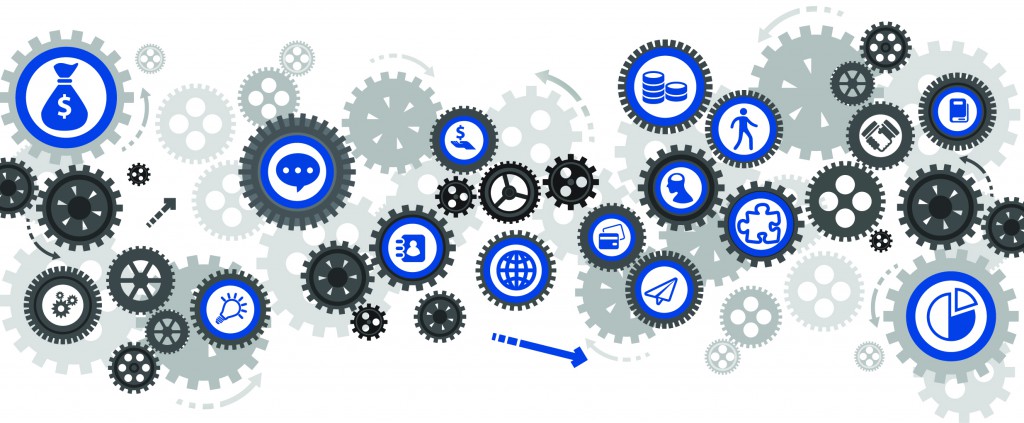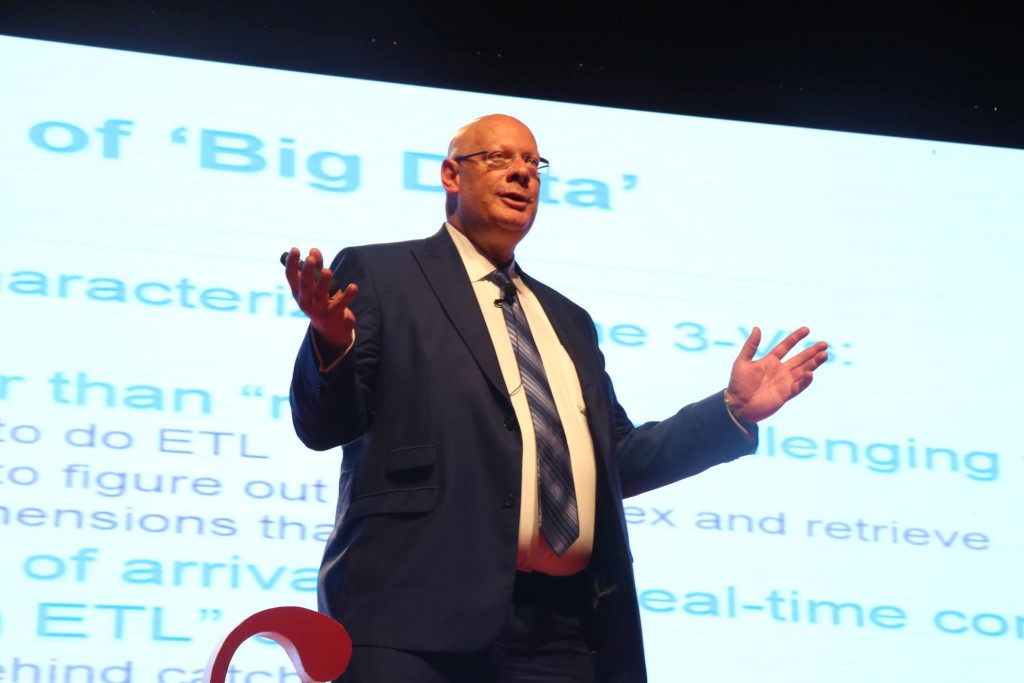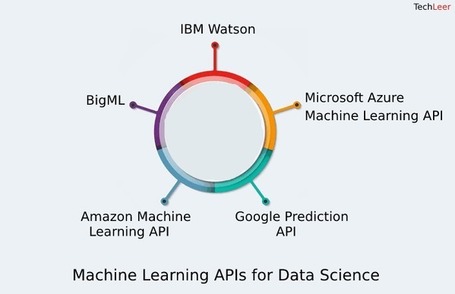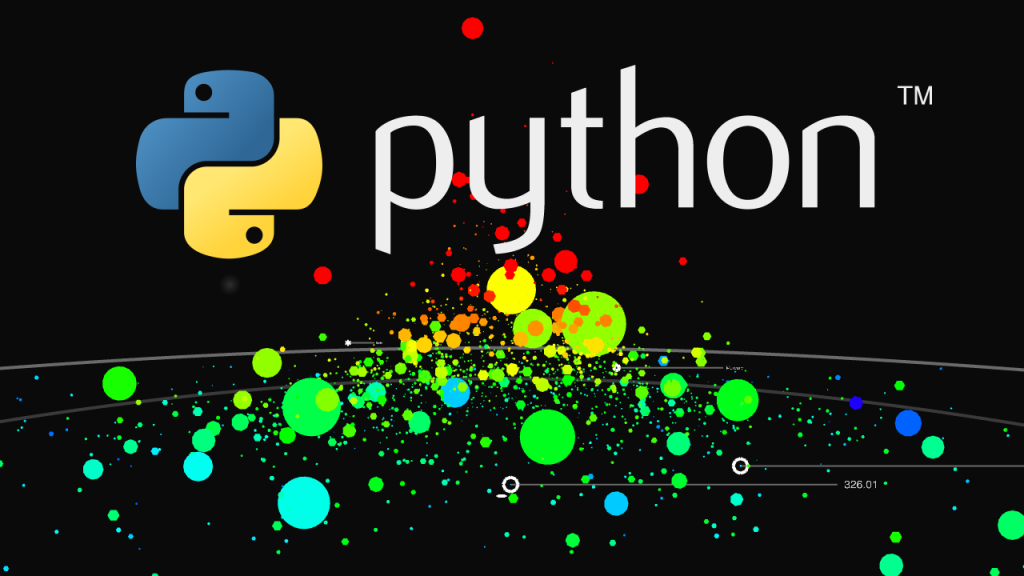TensorFlow is Google’s open source framework for machine learning. Rainforest Connection is using this framework to protect the rainforests, such as the Amazon. The method is ingenious and representative of a utilitarian society that we should all be lurching towards.
It’s pretty much impossible to expect investments in human guards across the entirety of the Amazon rainforest. So what’s the next best thing? The people living in the rainforest themselves. Collaborating with local tribes in the Amazon, such as the Tembé tribe from central Amazon, Rainforest Connection has come up with a solution that combines the best of the old world with the new.
Sourced through Scoop.it from: www.tapscape.com
Meet the team of Googlers who are hoping that machine learning can help ferret out bugs and vulnerabilities in the Android operating system.
Sourced through Scoop.it from: www.wired.com
IT leaders share how they are using artificial intelligence and machine learning to generate business insights and new services — and offer key advice to those looking to leverage AI and ML as part of their IT strategy.
Sourced through Scoop.it from: www.cio.com



